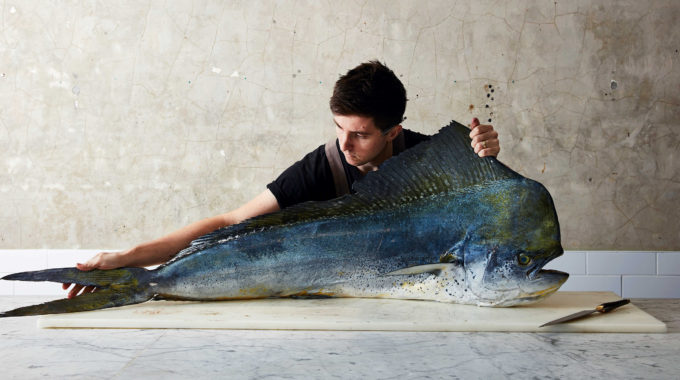Restaurant pioneers: fine food, no waste
Australia’s most outstanding chefs and restaurant owners are increasingly gaining a reputation for more than just their creative cuisine – they’re also making a name for themselves as proud champions of local, seasonal produce and canny innovators in food waste minimisation. Eativity meets three young guns who are leading the charge.
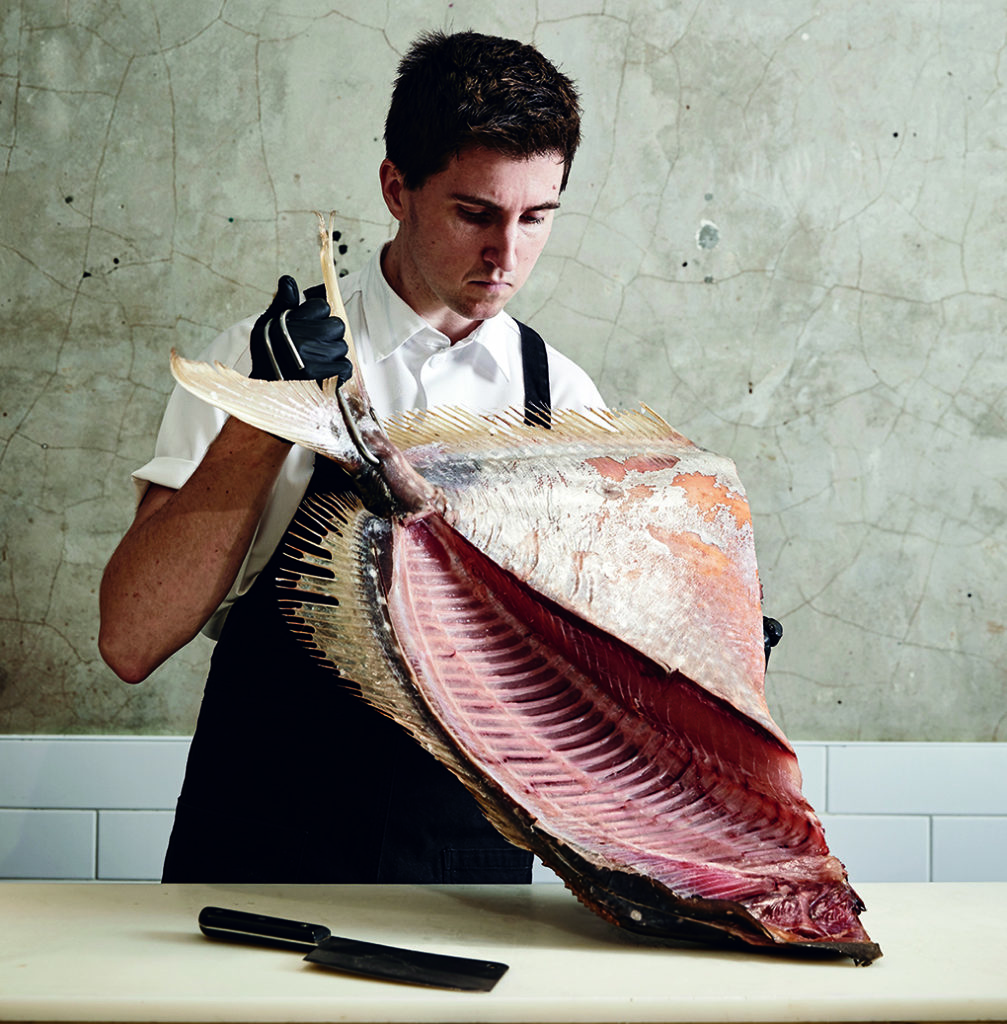
Josh Niland – chef/owner, Saint Peter and Fish Butchery
Sydney-based Josh Niland’s entire business philosophy centres around reducing waste and making the most of every ingredient, sometimes in rather eye-opening ways.
“When we opened Saint Peter, it was two other chefs plus myself,” he says. “We found ourselves a couple of months in being exhausted just trying to keep up with the day-to-day running of a new business. It was also challenging to reach the full potential of a fish. I was frustrated that we weren’t able to realise a lot of extra work that I was wanting to do.”
So Saint Peter decided to double its staff. While this obviously increased wage costs, surprisingly, it also reduced the restaurant’s food costs.
“The food costs, which were sitting at about 32 percent at that time, went down to 25 percent,” Niland says. “The reason why it dropped so significantly was because all the added staff were realising the full potential of the fish.”
The restaurant began introducing innovative new offerings that utilised the entire fish, such as fish eyes that were turned into chips.
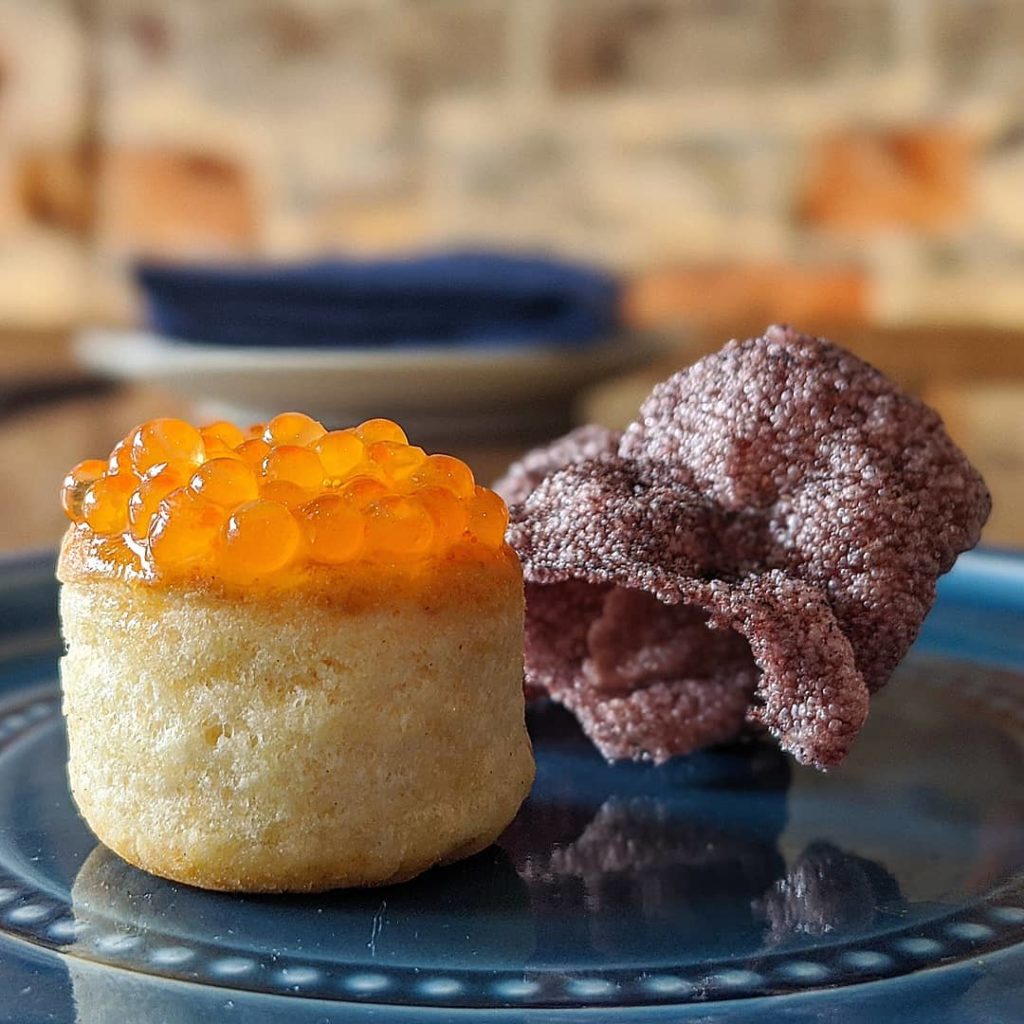
The eyes have it
“It all started with the eye chip,” Niland says. “From there, it became a Pandora’s box in terms of the opportunities that we could realise with a group of people that were as passionate about not putting food in the bin as I was.
Since then, Niland and his team have developed a business based around those techniques. Fish Butchery sources and prepares the fish for Saint Peter.
“I don’t believe you can open a fish restaurant without having your own fish shop,” Niland says. “Not if you want to be running it profitably and also if you want to be running it ethically. Fish Butchery allows us to cherry-pick the best of the best for the restaurant. That way, we can give our customers at the restaurant a very unique experience.
“You can create desirability around products that otherwise wouldn’t have seen much airtime. Leaving the bone in fish and serving it to look as if it was a rib of beef, serving the bone marrow of a fish or even making a black pudding from the blood of a fish.”
You can check out more of Niland’s ideas and techniques in his award-winning book, The Whole Fish Cookbook. Niland is also working on a second book.
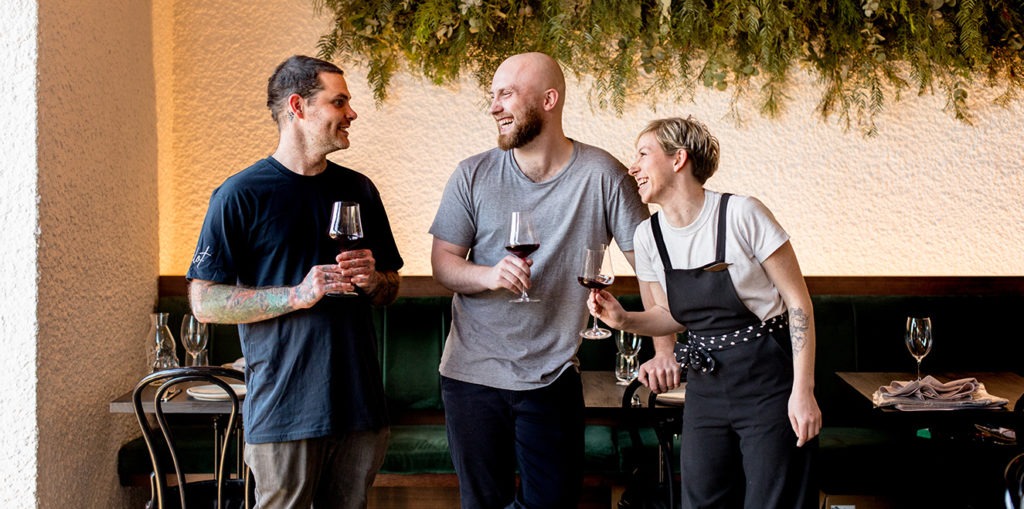
Dash Rumble – co-owner, Pilot. Restaurant + Bar
Canberra’s Pilot is a high-end restaurant that designs its menu to suit its ethics. The restaurant sources seasonal produce from small local growers such as Brightside Produce – a husband and wife team that runs an organic farm at Captains Flat, NSW – and Terra Preta Truffles from Braidwood. Sometimes the produce comes from even closer to home.
“The mother of a former staff member is an avid gardener, and she grows a lot of vegies,” says Rumble. “Whenever she has extra, she brings them to us. And my sister has a lemon tree with lemonade fruit, which we use as well.”
Rumble and her team love to support local producers, because It supports the community they belong to. “The story behind the produce is always great, as well,” she says. “And I think it instils in your mind what’s actually seasonally appropriate to be eating; it makes people more aware of when things are available, and what’s accessible within our area.”
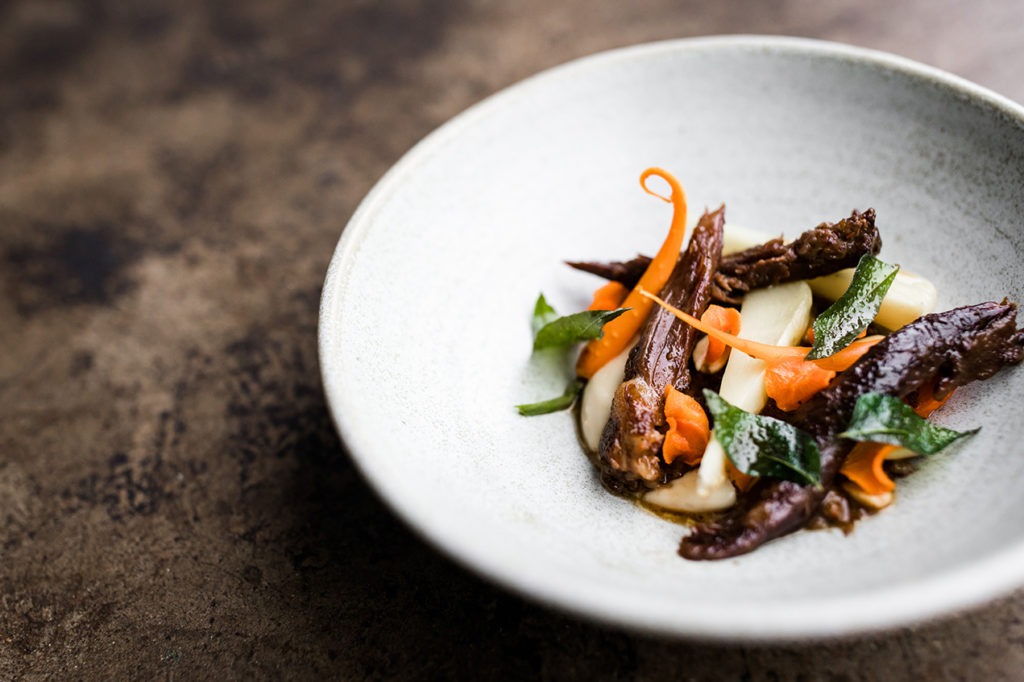
Loving it local
Pilot’s head chef Malcolm Hanslow keeps in regular contact with all of the restaurant’s suppliers. He plans his menu around what’s available at the time.
“With someone like Brightside Produce, Mal would message them and ask, ‘What’s the best thing you’re growing at the moment? What’s the thing that you’re super proud of? Send me some of that’,” Rumble says. “Then he’ll create a dish around what they have. He’s more inspired by the produce and making that shine, rather than having an idea for a dish and getting those ingredients in.”
Pilot is so dedicated to supporting local that even the plates and glassware used in the restaurant come from local Canberran artisans.
“There are so many ceramicists in Canberra,” Rumble says. “We use Chris Harford. He works out of his backyard in Watson, which is only three kilometres from the restaurant. We see him whenever we need some new plates. We’ve also got wine decanters that we commissioned from the Canberra Glassworks.”
When it comes to waste minimisation, Pilot always aims to use every part of an ingredient. That could be a doughnut made from duck thigh, or drinks flavoured with the stems leftover from herbs that the chefs have used.
“We’re always talking to the chefs about what waste we can use for our beverage program,” Rumble says. “We recently had a massaman curry on the menu which featured lots of different types of carrots. We used every part of the carrot. We’re always making sure we have the minimal amount of waste possible.”

Adam Wolfers – Executive Chef, Gerard’s Bistro
Gerard’s Bistro, located in Brisbane’s Fortitude Valley, is a Middle Eastern restaurant that embraces the cuisine’s philosophy of no food going to waste. Wolfers even uses leftover potato peelings to make bread.
“I just noticed that we had a lot of potato scraps from one of these dishes that we had,” he says. “I was looking at this bucket of potato scraps in water. I was thinking, there’s got to be a way we can use this up. I decided to see if I could ferment it.”
The plan worked. Now Gerard’s Bistro uses fermented potato and other vegetable scraps to make bread, sauces and even desserts.
“The whole concept of not wasting anything is what we do here,” Wolfers says. “Because it’s Middle Eastern food, everything gets used. So if the milk is past its use-by date, you turn it into yoghurt or shanklish [a type of cheese].
“Fermenting food is coming back into fashion, I guess. But we wanted to do things that no one else is necessarily focusing on.”
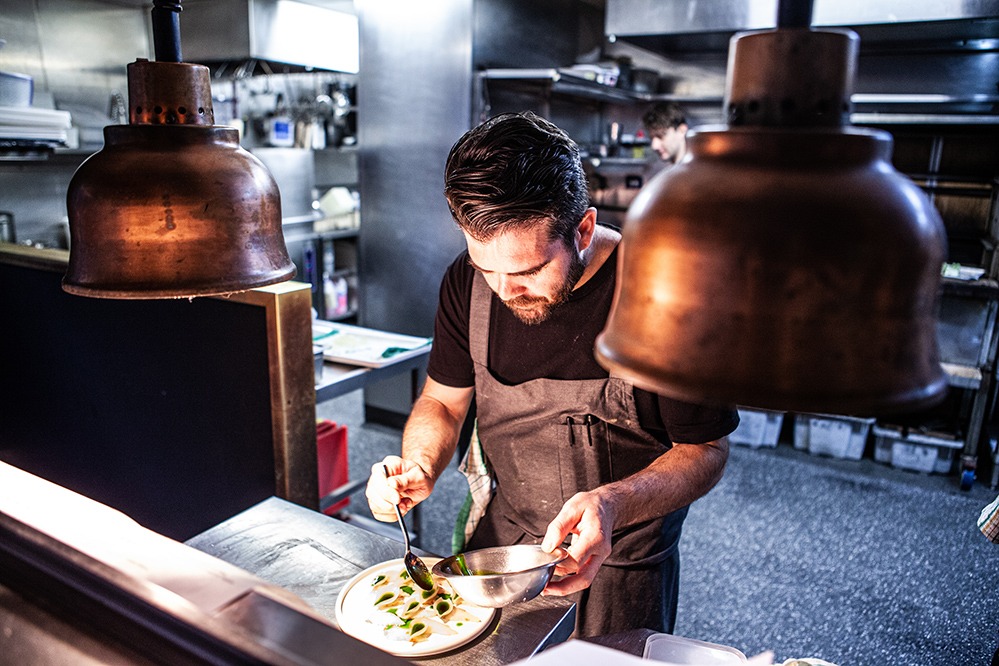
Making the most of every morsel
Any leftover grains from the day’s tabouleh are also used to make bread, fish frames and offcuts of slow-cooked lamb are added to menu specials, and spare meat from lamb necks goes into a sfeeha, or Middle Eastern pie. The team has also found a way to recreate za’atar – a classic Middle Eastern spice mix.
“They use sesame, sumac and za’atar, which is a Middle Eastern native species of wild thyme,” Wolfers explains. “It doesn’t grow very well here in Australia. So we were thinking we should try to come up with a flavour that’s similar to it.”
Wolfers decided to use the carrot tops from baby carrots that had been delivered. “I always thought carrot tops didn’t really taste like anything. But we decided to try them over the coal pit that we have here. We dressed it in pomegranate molasses and sumac, and put it over the coal pit. Then we dried it and blitzed it up. It tasted awesome.”
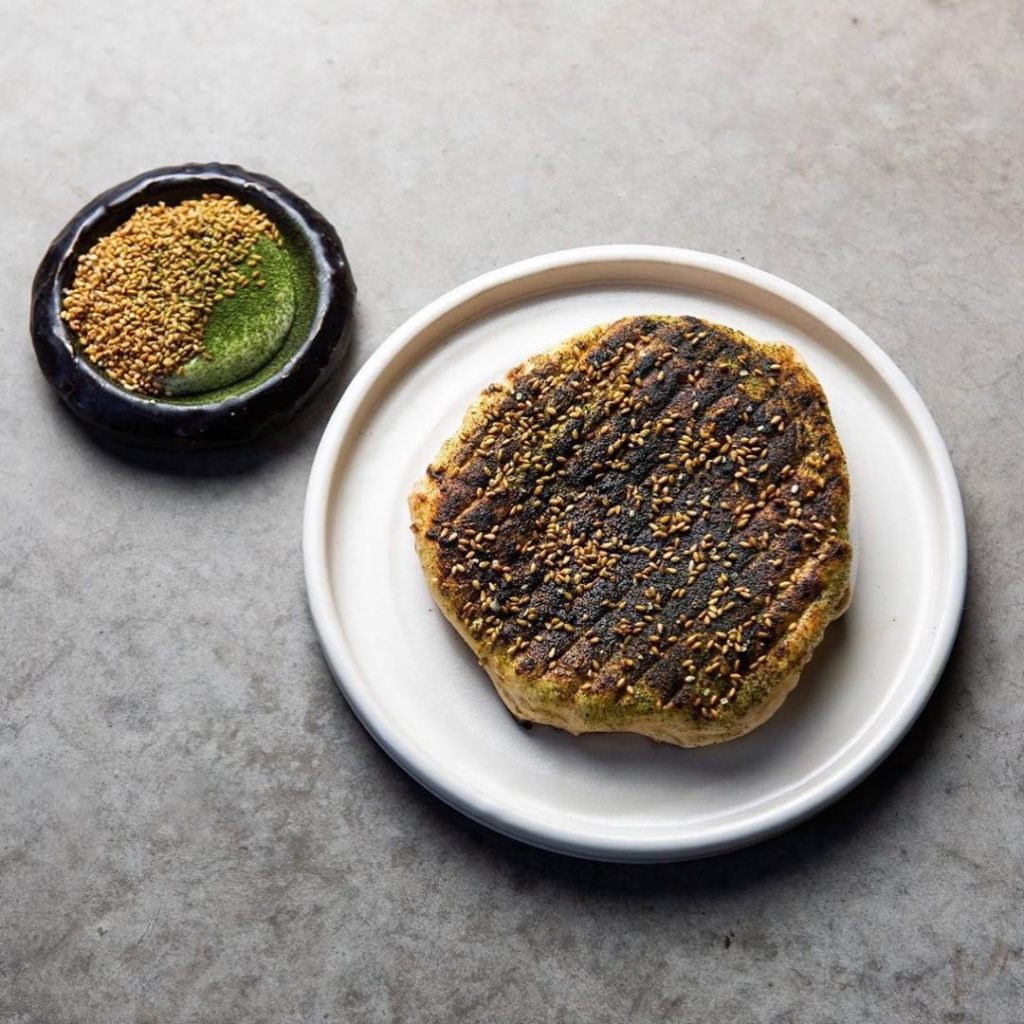
Exciting evolution
The result was so successful, the restaurant now also uses turnip tops and radish tops to make spice mixes. Wolfers also plans his menu – which changes daily – around what’s in peak season locally. This ensures that the ingredients are as fresh and tasty as possible. He also always aims to hero Queensland produce whenever he can.
“A grower might tell me he has baby gem lettuces coming up in three weeks, or they might have asparagus coming in five weeks,” he says. “We basically plan our menu around that; we work around rural seasonality and are always talking to our suppliers and growers.
“There’s a lot of work that goes into it, and it’s definitely got its challenges. But it’s exciting, because you’re constantly pushed into always evolving and changing.”


